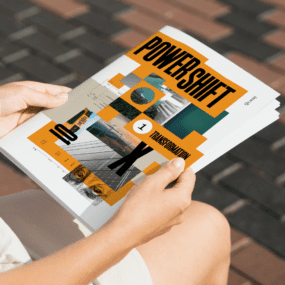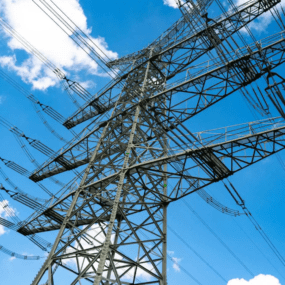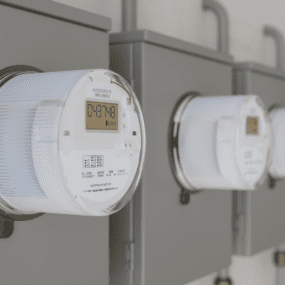The One Where Rachel Went to Summer NARUC (Again)
Vol. 13 – Watt in the Grid?

Vol. 13 – Watt in the Grid?

Sign up for our newsletter
Stay in the loop with all things GridX and beyond.
Earlier this month, I had the chance to attend the National Association of Regulatory Utility Commissioners (NARUC) summer meeting in beautiful West Palm Beach, Florida. As a Colorado native, the humidity (and surface-of-the-sun heat) was less than ideal, but (armed with 50+ SPF and a wide-brimmed hat), I did find time to dip my toes in the ocean and gawk at palm trees (yay!). Returning to a nicely cooled hotel room was also a reminder of how incredible air conditioning is, and prompted more appreciation for the utilities that keep fans blowing in the summer heat.
A highlight of the conference was hearing my supervisor, Scott Engstrom, speak on a panel alongside Robert Kenney (Xcel), Matt Satterwhite (AEP), and Chris Ayers (North Carolina Utilities). The panel was focused on the need for “adaptative rate design” to help energy companies address load growth, increasing renewable energy, grid modernization imperatives, and electrification mandates. Everyone seemed to agree that – to mitigate upward pressure on customer bills and maximize the value of grid assets – state commissions, consumer advocates, and electric companies will need to work together to evaluate cost-based rate structures that are capable of incentivizing customers to use energy more efficiently and affordably.
Unfortunately, engaging utility consumers is no small feat. According to the Smart Energy Consumer Collaborative, fewer than half of residential customers can identify their current electric rate structure while the United States Energy Information Administration (EIA) contends that although 79% of customers in the US are served by utilities offering innovative rate design alternatives (e.g., time-of-use (TOU) rates), only 9% enroll. While unfortunate, this type of statistic is not surprising – as the average electric consumer spends only 8 minutes per year engaging with their utility. So how can utilities engage customers and how can rate design achieve meaningful load shift? Is it even possible? GridX thinks so.
GridX makes it easy for utilities and their customers to know the exact value of clean energy choices. We can engage and educate customers about what new rates mean for their individual household (using their actual meter data) to help them understand how their unique behavior will impact the cost of energy and ways to save. Recently, GridX and PSEG Long Island worked together on a successful rate modernization effort, which saw the utility lower customer bills by an average of 10 percent and shift 4-5 percent of electricity load out of the peak. By taking a research-driven approach and employing a range of personalized marketing initiatives, PSEG Long Island enrolled more than 14,000 customers in TOU rates (more than double its target!). In fact, the success of the program led to their governing authority, the Long Island Power Authority (LIPA), to move forward with a full-scale TOU rollout to all 1.2 million PSEG Long Island customers starting in 2024!
The conference made it clear that the US has the technology to achieve peak load reduction while simultaneously lowering consumer bills and improving utility trust. I was excited to see GridX be a part of the conversation – problems seem much less daunting when you have the right discussion with the right people.




